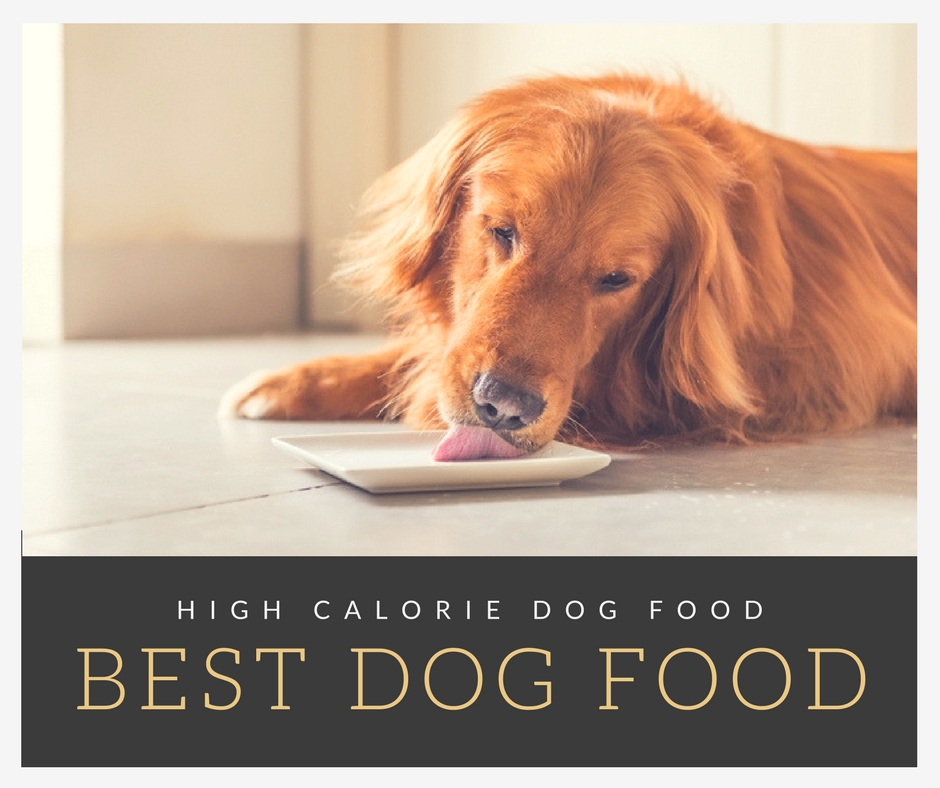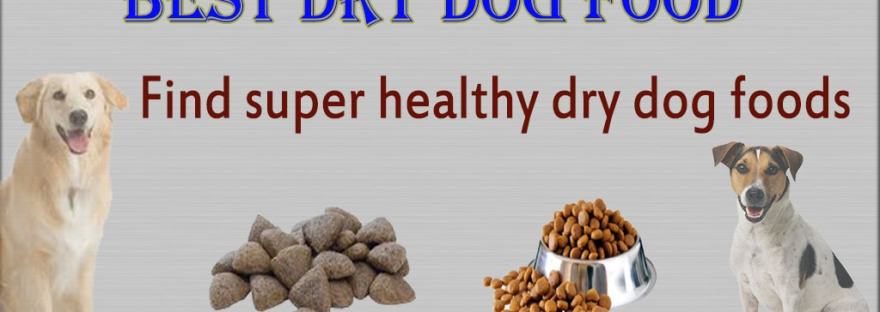The amount of meat, originally used in dry dog food, has been greatly reduced over the last decade and has been replaced with cheap and potentially harmful cereal and grain products by many lower quality dog food companies. Nutritionally, how each individual dog processes the nutrients that are in these products greatly depends on how easy to digest each of the particular grains may be.
Read More : Best Dry Dog Food: A Guide To Choosing The Best Dry Dog Food
The actual amount of nutrients your dog may get specifically depends on what the amount and type of filler in the brand you are feeding a dog. Dogs can usually absorb almost all of the carbohydrates in certain grains, such as white rice, but cannot digest many of the others like peanut shells.
As much as twenty percent of the nutritional value of other grains, such as oats, beans and wheat can be poor or lost completely. The nutritional value of corn and potatoes is also much less than that of rice. And some other ingredients used as filler in dry dog food such as, peanut shells, cotton hulls, feathers, etc. have absolutely no nutritional value whatsoever, and are only used to hold the dry dog food nuggets together or just to make your dog feel full! These fillers can be harmful to your dog and yet, there are many unscrupulous manufacturers who use them, anyway.
Because grain is necessary to hold the nuggets of dry dog food together, it needs to equal at least fifty percent of the total ingredients. If you are feeding a dog these foods every day, you could be giving him or her a hundred percent more grain than canines normally eat in the wild or that they actually need.
If you check the labels on cheap dry dog food bags, you’ll find two of the top three ingredients listed are usually some kind of grain product… ground corn, corn gluten meal, brewers rice, beet pulp, feathers and cotton hulls are some of the most frequently used. Why? Because these are much less expensive, “cheaper” ingredients than meat.
There was a huge recall by Nature’s Recipe in 1995 (they pulled thousands of tons of dry dog food off of the shelves) which caused them to lose approximately twenty million dollars. This all came about when consumers that complained their dogs were vomiting and had loss of appetite. A fungus that produced vomitoxin (a toxic substance produced by mold) was found to have contaminated the wheat in that brand.
Although it causes vomiting, loss of appetite, diarrhea, etc., vomitoxin is milder than most toxins. The more dangerous toxins can cause weight loss, liver damage, lameness, and even death, as seen in the Doane case. What happened next should give all dog care givers cause to pause and wonder what’s happening with our so called “Watch Dogs” in the government agencies.
Then again, in 1999, another fungal toxin was found that killed 25 dogs. This caused the recall of dry dog food made by Doane Pet Care (maker of O’l Roy, Walmart’s brand, plus 53 other brands).
The incident with Nature’s Recipe prompted the FDA to get involved out of concern, but for only the human population and not the more than 250 dogs who got sick. It was concluded that the discovery of vomitoxin in Nature’s Recipe wasn’t much of a threat to the “human” population because “the grain that would go into pet food is not a high quality grain”. What! So does that mean manufacturers have a green light to poison our dogs with poor quality or contaminated ingredients?
Dog food manufacturers also use soy as a protein for energy and to add bulk to the food so that when a dog eats a product containing soy it will feel more satisfied. Some dogs do well with soy while others experience gas. Soy is also used as a source of protein in vegetarian dog foods.
And now for corn… did you know corn kills dogs? Most of the dry brands on store shelves is loaded with corn, a cheap filler. This is not the same corn humans eat, it’s feed grade corn (the kind fed to cattle), or cheap feed corn remnants. Even corn meal dust swept up from the mill factory floor, counts as “corn” to be used in our dog’s food. This same corn may even have been condemned for human consumption, but there are no limits to the amount pesticide contamination set for our pets’ foods.
If that weren’t bad enough, corn (which gives us both high fructose corn syrup and corn oil) is fattening. Why are so many dogs obese and suffer from diabetes…I wonder if it has anything to do with corn being used as filler in so many dry dog foods?
Dog food industry critics observe that many of the ingredients used as humectants — ingredients such as corn syrup and corn gluten meal which bind water to prevent oxidation– also bind the water in such a way that the food actually sticks to the colon and may cause blockage. The blockage of the colon may cause an increased risk of cancer of the colon or rectum.
The presence of corn products in dry dog food – particularly if they are high on the list of ingredients – may indicate that corn has been used instead of a more expensive alternative. About 25% of the corn produced in the U.S. today is genetically modified. Dogs have a difficult time digesting corn.
Corn gluten meal in dog food is a concentrated source of protein that can be substituted for costlier animal protein. In many bargain brands, corn gluten meal provides a large proportion or even the total amount of protein listed in the food label rather than more digestible forms of protein such as meat.
Then there’s wheat…wheat is a main ingredient in many dry dog foods. The wheat that’s used in these products we’re feeding a dog is not what’s used in our breads, cakes, cereals, etc. It’s usually the “tail of the mill” (that’s a clever way of saying the sweepings of leftovers on the floor after everything else in the mill has been processed), wheat germ meal…this is referred to as “middlings and shorts” (same thing as “tail of the mill”…just another way of saying it).
So, lets take a look at what we now know so far, about what goes into those attractively designed and cleverly named bags on store shelves…first there’s the diseased and toxic meats (I told you about that in my previous articles), converted (rendered) so it can be legally used in our dog foods. Now, let’s see…what else is there that’s very, very cheap?
Ahh yes, there’s livestock-grade grain (that’s the one the FDA showed no concern about with the contamination found in dog food), which is normally the main ingredient the manufacturers use…not because dogs need it in large amounts, but because it’s the cheapest food around and can add bulk. But, there are even cheaper ingredients used, such as…waste dust, floor sweepings, husks, rejects from the screening process for flour, straw, sand, dirt, etc. How perfect for our dog’s daily diet! Yuckkk!
Now, if they were to call this stuff scraps, no one would buy it so they call it “middlings” (isn’t that a cute name!), customers will never know what it really is. Then there’s ground up bones, heads, feet, feathers, etc., they name that “poultry meal, fish meal, etc.”…doesn’t that sound much better than scraps?
What’s also interesting is that “livestock grade” really means manufacturers do not need to be at all concerned with “allowable” levels of pesticides left in the grains it uses as fillers in our dog’s food. Because of this loophole manufacturers can legally use any of these “waste grains” in our dog’s food.
OK, so lets see what other lovely ingredients can also be used as fillers for feeding our dogs:
Beet pulp… the dried residue from sugar beet… this is mostly all sugar. This can be a good source of fiber but has been known to clog the intestinal villus.
Soybean meal… a product made by grinding the flakes that remain after removing oil from the soybeans. Soy is linked to a great deal of allergies that can cause sneezing, swelling, itching, anaphylactic shock and death.
Powdered cellulose… made by processing a pulp from fibrous plant material… otherwise known as “sawdust”.
Sugar foods, by-products from grinding and mixing inedible portions of candy, dry packaged drinks, dried gelatin mixes, etc…and other similar foods that are primarily made of sugar.
Ground almond and peanut shells… a source of fiber with zero nutritional value.
Other fillers… ground corncobs, feathers, citrus pulp, weeds, straw, seed hulls, etc
Many dog food manufacturers add such fillers, with no nutritional value, in order to decrease the cost of producing the food, offset rising costs involved in manufacturing, marketing, shipping, etc., and so that they can keep the selling price low.
It’s quite ironic that in some cases, unnecessary filler ingredients have become toxic and have led to huge recalls and ultimately massive costs to those companies. A couple of recent cases are, in 2006 the aflatoxin on corn caused the Diamond Pet Food Recall, and in 2007 melamine on wheat gluten and rice gluten fillers caused the Menu Foods Pet Food Recall (which included Hill’s, Royal Canin, Natural Balance, Iams, Eukanuba, Purina, Nutro Brands, etc.).
Unfortunately however, the use of fillers in lower grade commercial dog food still continues even after all of these recalls. What the recalls did do is make caregivers aware of this issue and of the health hazard these cheap fillers can pose to our beloved dogs. It’s also heartening to note that a great many caregivers are now paying special attention to learning about and reading dog food labels and understanding just what may be in those attractive bags on store shelves.
Yet there are many cheap “fillers” that are not included in the labeling and the possible use of them needs to be recognized. With the continued use of low grade foods your dog can still be ingesting such things as: cereal byproducts, cottonseed hulls, citrus pulp, straw, corncobs, feathers, soy, sawdust, etc.
Many of these cheap fillers are added to the food instead of a high grade filler like rice. The use of these have been known to be harmful to a dog’s intestines. These cheap fillers have also been known to cause more serious health problems in puppies, senior dogs or dogs that have a diminished capacity to fight off disease. Even in light of this manufacturers will continue to add dangerous ingredients to our pet’s foods in order to offset the rising price of producing dry dog food.
Cheap grain fillers are in danger of becoming contaminated due to the fact that hazardous chemicals are used on them in the growing and storage process. This can make your dog very sick or even worse. Also, a number of veterinarians have called attention to the fact that soy ingredients, which make up a large quantity of fillers, may cause dangerous allergic reactions in dogs. These can include everything from minor sneezing or hives to extremes like shortness of breath or severe shock.
We can greatly enhance the nutritional benefits in the food we feed our dogs by using higher a quality food. In order to provide the highest level of nutrition when feeding a dog, we must always buy dog food that contains the appropriate quantities of protein, fiber, fat and carbohydrates. You can learn the correct amounts at the AAFCO’s site and then us this knowledge to read the labels on the bags. Always beware of generic brands and foods priced low for quantity purchases They are probably full of disguised fillers.
Beware, many dog food manufacturers pay their advertising agencies very high fees to lure you into purchasing their products. Once you have the knowledge of what the appropriate ingredients and correct amounts needed for your dog’s optimal nutrition and know how to read dog food labels, you can provide your dog with the best diet to protect him or her from illness or even worse.
To avoid fillers, look at the ingredients on your pet food. While some companies may list real meat as the number one ingredient in dry dog food, they may actually have more cheap fillers hidden in it, thus reducing the ratio of quality ingredients to useless ones. Stay vigilant and learn what’s actually in the food you’re feeding your dog. Remember, it can be very costly to buy cheap dog food!
I will be posting another article on Dog Food Labels and how to read them soon.
Till then, take good care of your dog… for the love of dogs!


